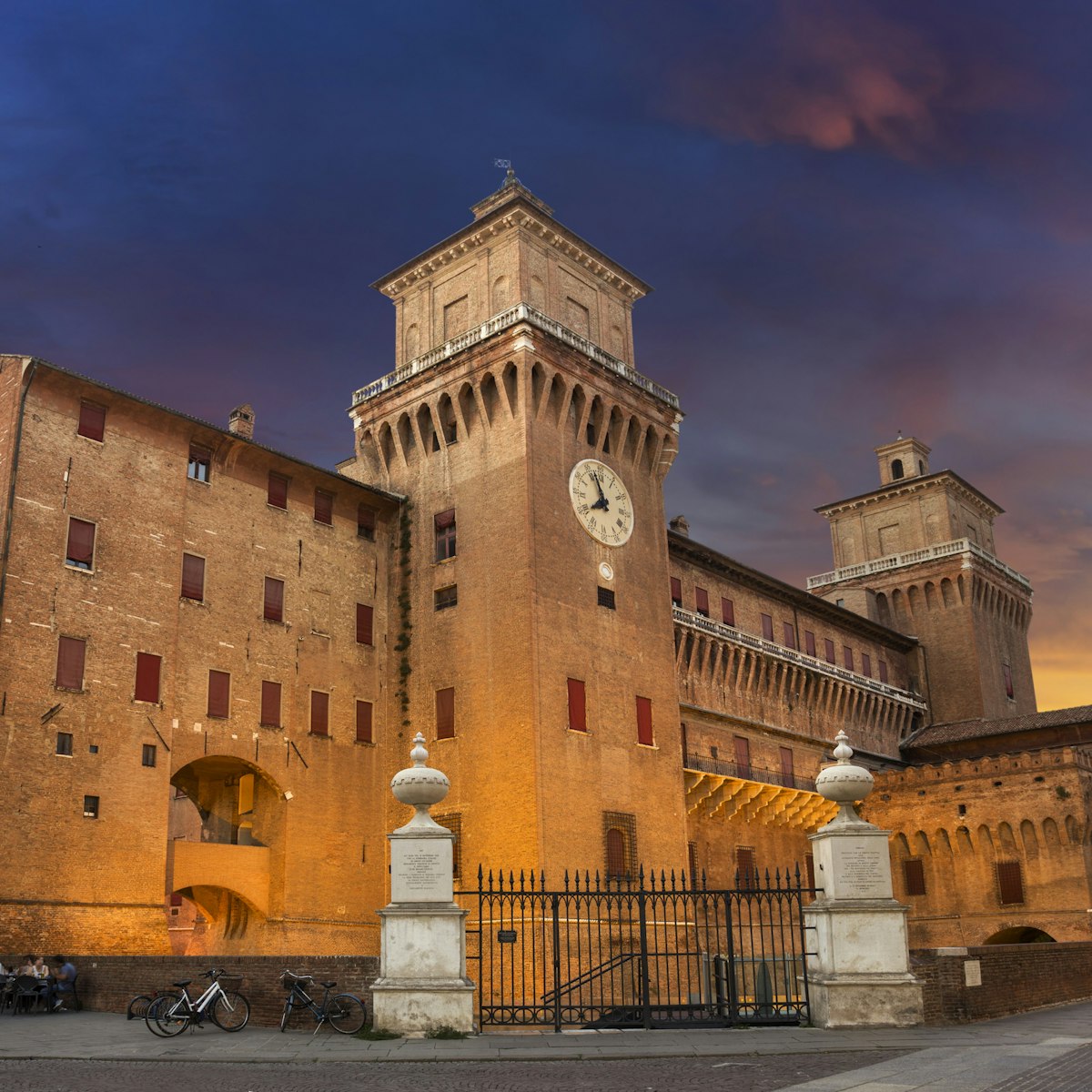Bologna's most unique religious site is this atmospheric labyrinth of interlocking ecclesiastical structures, whose architecture spans centuries of Bolognese history and incorporates Romanesque, Lombard and even ancient Roman elements. Originally there were seven churches ‚Äì hence the basilica's nickname Sette Chiese ‚Äì but only four remain intact today: Chiesa del Crocefisso, Chiesa della Trinit√Ý, Chiesa del Santo Sepolcro and Santi Vitale e Agricola.
Entry is via the 11th-century Chiesa del Crocefisso, which houses the bones of San Petronio and leads through to the Chiesa del Santo Sepolcro. This austere octagonal structure probably started life as a baptistery. Next door, the Cortile di Pilato is named after the central basin in which Pontius Pilate is said to have washed his hands after condemning Christ to death. In fact, it's an 8th-century Lombard artefact. Beyond the courtyard, the Chiesa della Trinit√Ý connects to a modest cloister and a small museum. The fourth church, the Santi Vitale e Agricola, is the city's oldest. Incorporating recycled Roman masonry and carvings, the bulk of the building dates from the 11th century. The considerably older tombs of two saints in the side aisles once served as altars.







